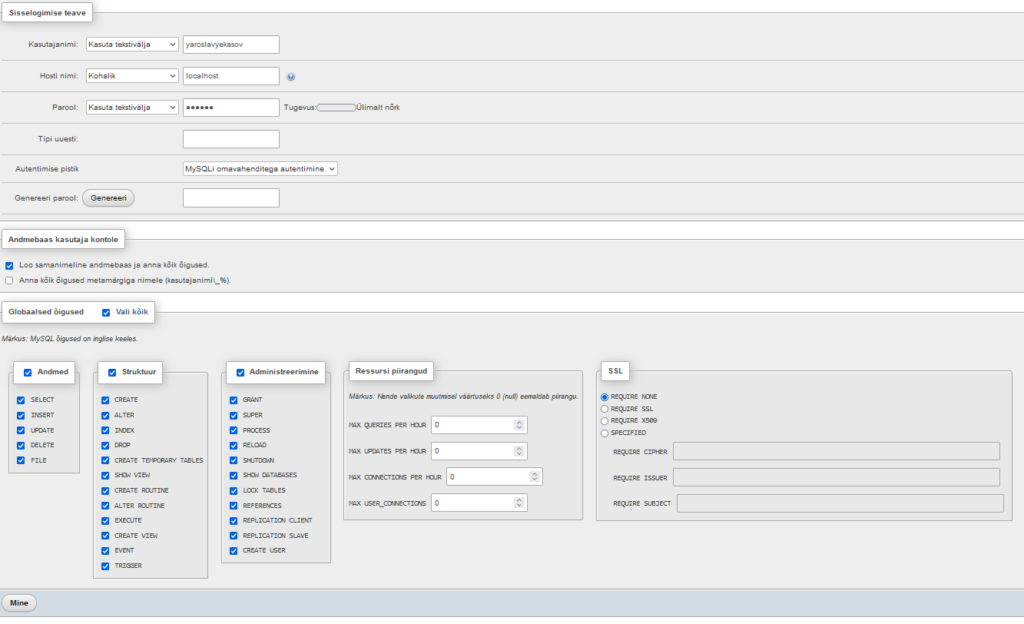PHP-language is a scripting language used for web development. It’s open-source and versatile. PHP stands for “Hypertext Preprocessor.” It’s embedded within HTML. This integration allows dynamic content. code executes on the server side. It’s efficient for creating web applications. can interact with databases. It supports various database systems. MySQL is commonly used. WordPress, a popular CMS, utilizes extensively. enables creating dynamic websites. It’s easy to learn and use. Its syntax resembles C and Perl. files have a “.php” extension. A web server processes . Then, it delivers HTML to the browser. can handle forms. It validates user inputs securely. This enhances website functionality. Its community offers extensive resources. Developers share libraries and frameworks. PHP powers a significant portion of the web. Major websites use PHP extensively. Facebook was initially built using . has evolved significantly. New versions improve performance and security. Its popularity remains high. Many developers continue embracing .
PHP-language Server-side language
PHP, a server-side language, facilitates dynamic web content creation. Its versatility extends to database interactions, commonly seen with MySQL. Known for its integration into HTML, processes server-side scripts, enabling robust web applications. The syntax, resembling C and Perl, aids its accessibility. Widely adopted, powers numerous websites and major platforms like WordPress. Its evolution, marked by performance and security enhancements in newer versions, sustains its popularity. developer community actively contributes resources, fostering its growth. From validating user inputs to handling forms securely, remains a foundational language for web development, continually evolving to meet modern digital demands. adaptability and robustness continually fuel its relevance in web development.
How to create PHP WEB page:
- create notepad++ pat file and change programming language to “PHP”.
- You can use the following code to create a simple PHP document.
- save this file to C:/xampp/htdocs/”YOUR FOLDER”/”YOUR FILE”.php.
- open XAMPP and change the link to “http://localhost/”YOUR FOLDER”/”YOUR FILE”.php”.
<html>
<head>
<title>PHP tervitus</title></title>
</head>
<body>
<h1>PHP tervitus</h1>
<!--php koodi osa-->
<?php?>
</body>Kasutaja:

xampp
CREATE table syndmused(
id int not null primary key AUTO_INCREMENT,
syndmus varchar(30),
kuupaev date,
kirjeldus varchar(100))
insert into syndmused (syndmus, kuupaev, kirjeldus)
values ('Mälumäng', '2023-11-12', 'Esimese kursuse mälumäng');
select * from syndmused;
